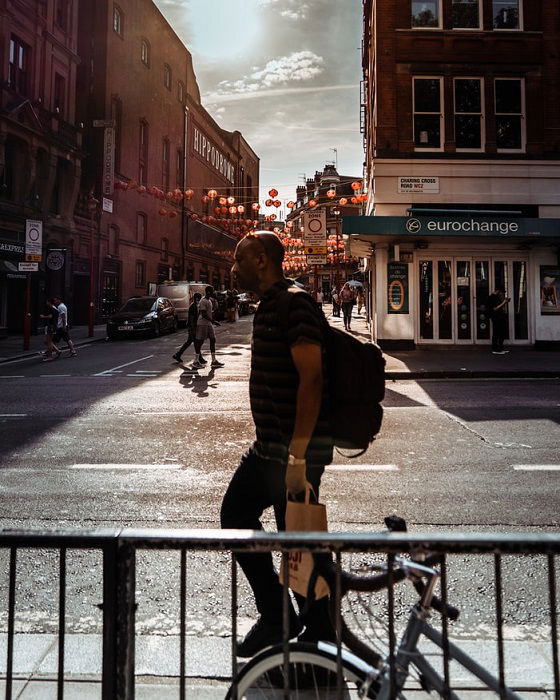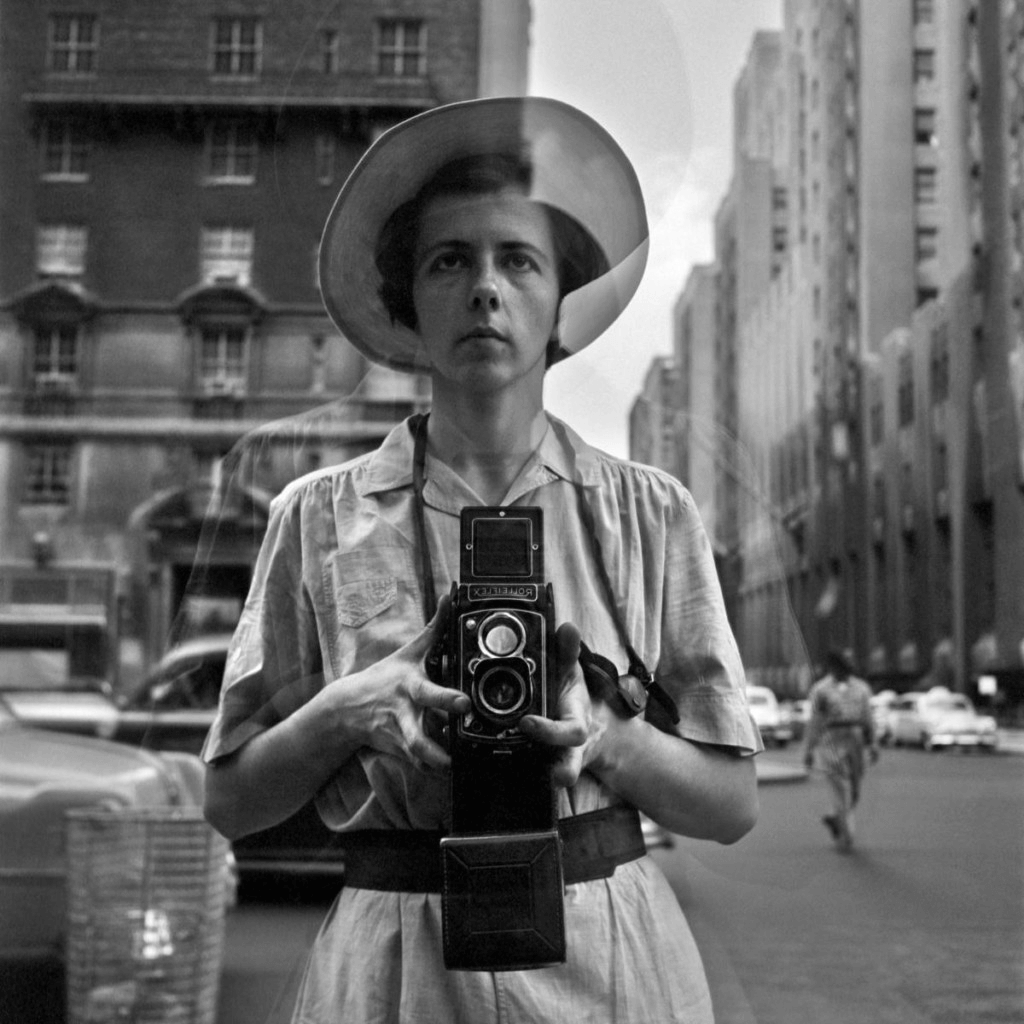10 Easy Facts About Framing Streets Explained
10 Easy Facts About Framing Streets Explained
Blog Article
Examine This Report on Framing Streets
Table of ContentsFraming Streets Fundamentals ExplainedWhat Does Framing Streets Do?The Facts About Framing Streets UncoveredGetting The Framing Streets To WorkGetting My Framing Streets To WorkNot known Details About Framing Streets
Photography style "Crufts Canine Show 1968" by Tony Ray-Jones Road photography (likewise occasionally called candid digital photography) is digital photography performed for art or query that includes unmediated chance experiences and arbitrary incidents within public places, typically with the goal of recording images at a definitive or poignant minute by cautious framework and timing. 
As a result his boots and legs were well specified, yet he lacks body or head, since these were in motion." Charles Ngre, waterseller Charles Ngre. https://www.directorytogoto.com/articles/framing-streets-capturing-life-in-every-step was the initial professional photographer to attain the technical class needed to register people in motion on the street in Paris in 1851. Photographer John Thomson, a Scotsman collaborating with journalist and social protestor Adolphe Smith, released Street Life in London in twelve month-to-month installations beginning in February 1877
The Of Framing Streets
Eugene Atget is considered a progenitor, not due to the fact that he was the very first of his kind, however as an outcome of the popularisation in the late 1920s more tips here of his document of Parisian streets by Berenice Abbott, that was influenced to embark on a similar documents of New York City. [] As the city developed, Atget helped to advertise Parisian streets as a worthwhile subject for photography.

How Framing Streets can Save You Time, Stress, and Money.
In between 1946 and 1957 Le Groupe des XV annually exhibited work of this kind. Andre Kertesz. Circus, Budapest, 19 May 1920 Street photography created the significant web content of two events at the Gallery of Modern Art (Mo, MA) in New York curated by Edward Steichen, 5 French Digital Photographers: Brassai; Cartier-Bresson, Doisneau, Ronis, Izis in 1951 to 1952, and Post-war European Photography in 1953, which exported the concept of road photography globally.

The Ultimate Guide To Framing Streets
, then a teacher of young youngsters, linked with Evans in 193839.'s 1958 book,, was significant; raw and typically out of focus, Frank's pictures questioned conventional photography of the time, "challenged all the formal rules laid down by Henri Cartier-Bresson and Pedestrian Evans" and "flew in the face of the wholesome pictorialism and genuine photojournalism of American publications like LIFE and Time".
Report this page